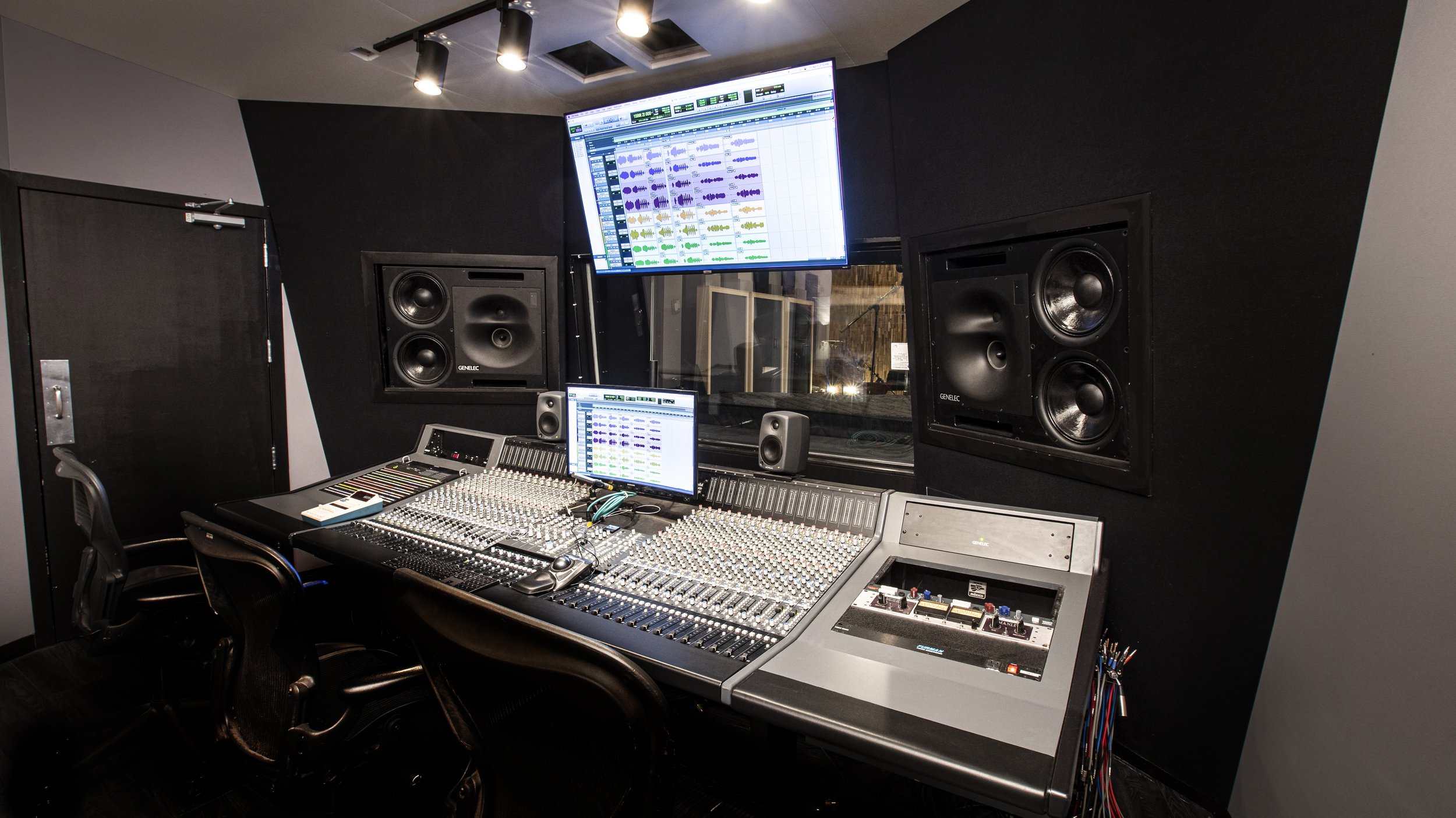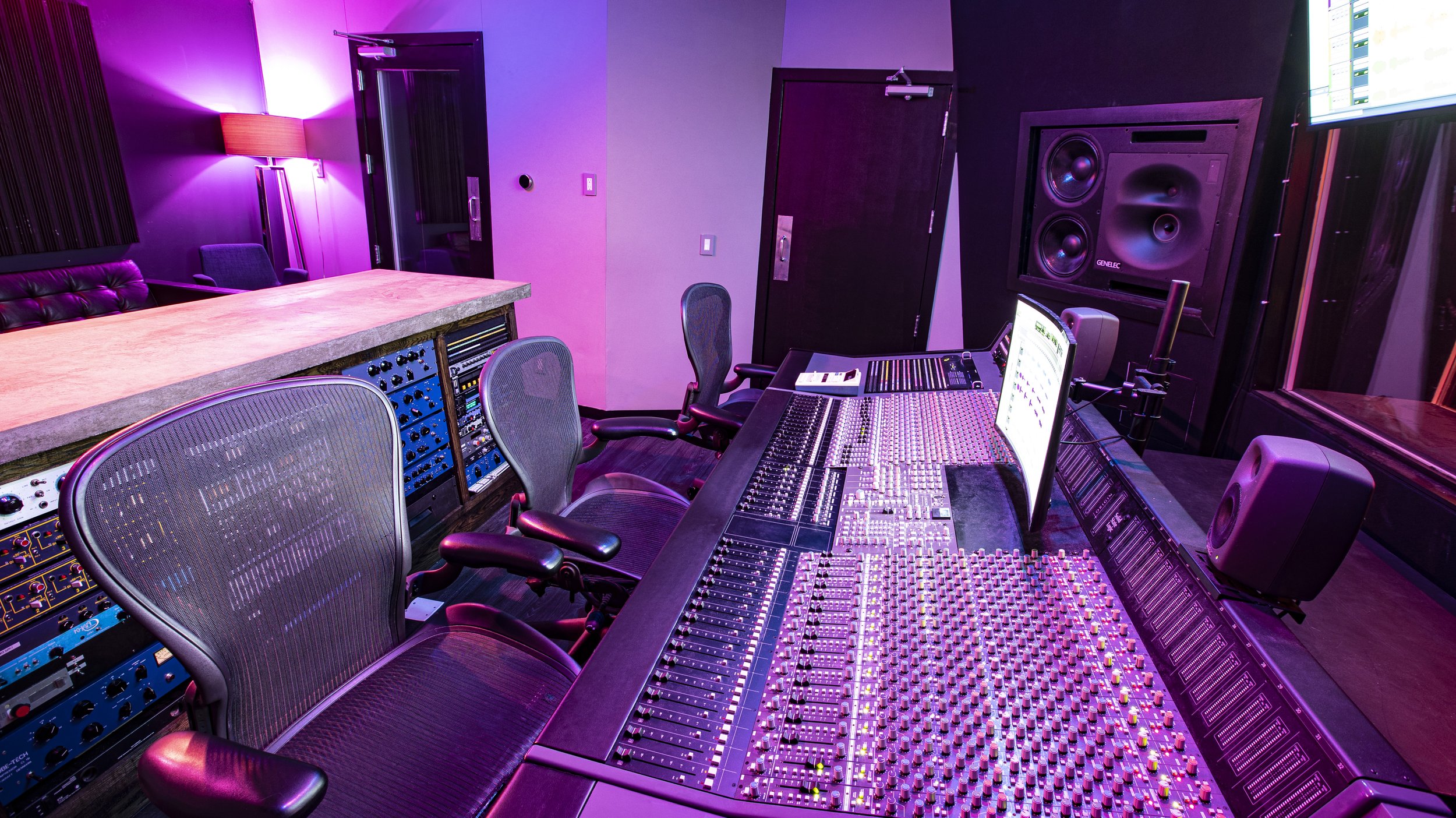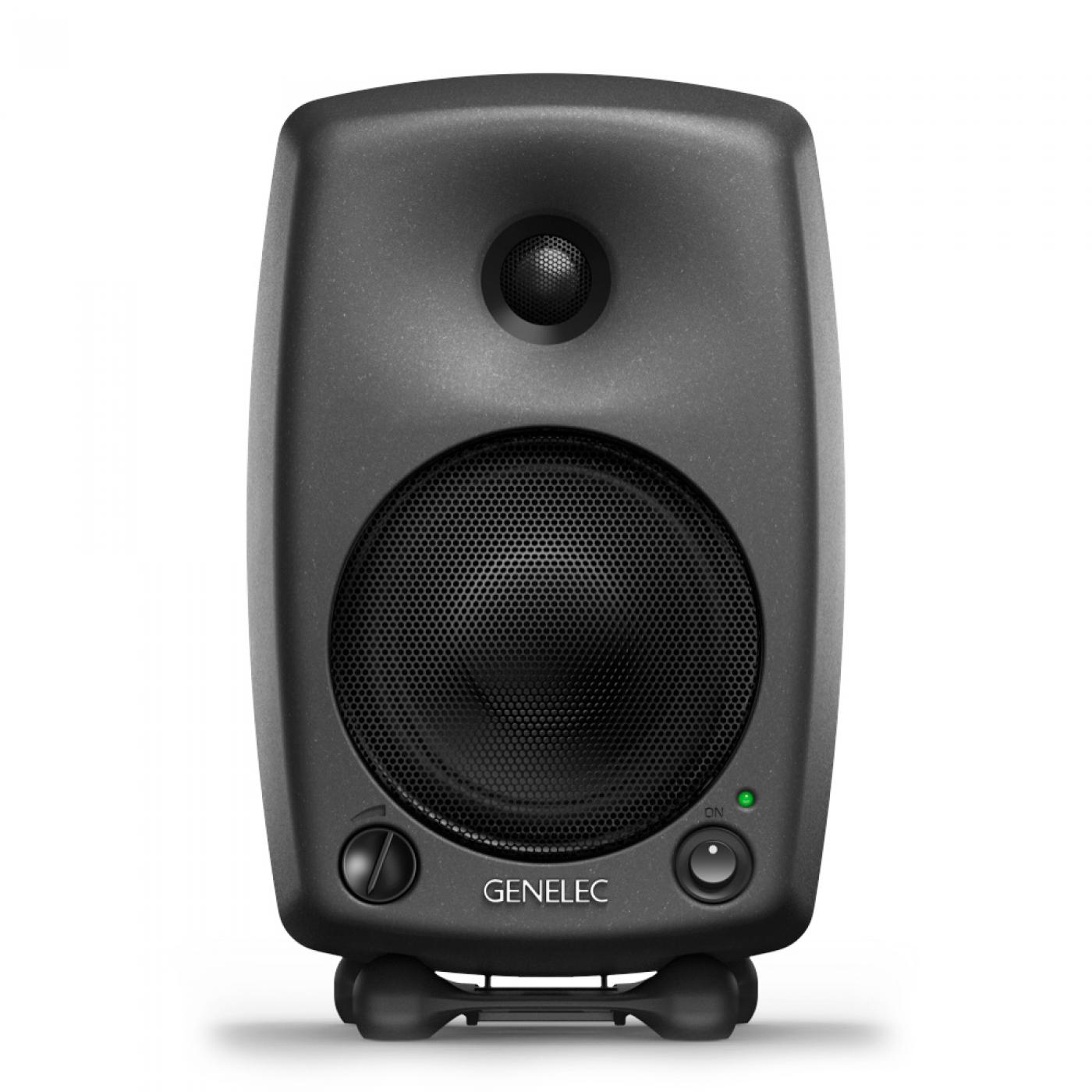The Cutting Room relies on Genelec monitoring at its two Manhattan recording facilities
The Cutting Room shares the kind of traveling narrative of many New York City recording studios that have navigated their way through the city’s rent and zoning regulations, in search of the perfect location. Studio owner David Crafa had found a near-perfect location at the facility’s West 4th Street (SoHo) location, which opened there in 2006. However, the shift from commercial to residential in this iconic building, which once housed the famed Tower Records store, compelled those studios to change their focus from music to productions for film and television, as well as for podcasts and voice-overs. Meanwhile, Crafa’s search for a new location where music could reign unfettered led to the opening, in 2020, of The Cutting Room Control Room 1, on West 24th Street in the booming Chelsea neighborhood. Both locations now are thriving, sharing Crafa’s relentless pursuit of the right place and with the choice of monitors from Genelec in every studio across both locations.
Genelec lets us cover all the bases.

Control Room 1 at The Cutting Room’s West 24th Street facility, featuring Genelec 1234As and 7382A sub, as well as 8030Bs.
The original West 4th Street studios are outfitted with classic Genelec 1031A monitors in each of its three rooms. When needed, the 1031As are rounded up and reconfigured for 5.1 surround mixing in one of the studios, and they are mainstays in Tony Gillis’ mastering suite there. And at Control Room 1, The Cutting Room’s premier mixing facility, the soffited Genelec 1234A Smart Active Monitors™ loom above the 32-channel Solid State Logic Origin console, buttressed by a 7382A Smart Active Subwoofer™ and a pair of Genelec 8030B monitors.
When Lil Baby comes in and wants the music to hit him in the chest, we can do that.

David MacLeod (The Cutting Room General Manager) and David Crafa (The Cutting Room Owner/Founder). Photo by Angel Flores.
“Everything actually worked out very well,” says David MacLeod, The Cutting Room’s General Manager. “The zoning and noise issues that arose at the SoHo location compelled us to pivot to other types of productions, such as film and television and podcasts, with a more nine-to-five-type schedule, just as Covid was putting a huge new emphasis on those markets. In a way, the timing couldn’t have been better, and the 1031As are an extremely versatile and flexible speaker that lets us cover a lot of production ground easily. It’s interesting: at West 4th Street, the Roc-A-Fella and Interscope gold records came off the wall and were replaced with Netflix and Hulu posters,” he says. “The 1031As made the transition easily.”

Control Room 1 at The Cutting Room’s West 24th Street facility, featuring Genelec 1234As and 7382A sub, as well as 8030Bs.
Across town, the massive 1234As are delivering the punch that The Cutting Room’s hip-hop clients demand with the transparency needed for critical monitoring for the Broadway cast recordings and other various types of projects the new facility is becoming known for. “We’re branding Control Room 1 as a hybrid type of studio: able to deliver the volume and the gut punch that contemporary music production needs with the transparency and precision that film and other media sound require,” he explains. “The Genelec 1234As and the 7382A sub are the only combination that can do both. When Lil Baby comes in and wants the music to hit him in the chest, we can do that, and when the music calls for more nuance – everything from Broadway to the Park Avenue Synagogue recording religious music – it’s all there, too. Genelec lets us cover all the bases.”



